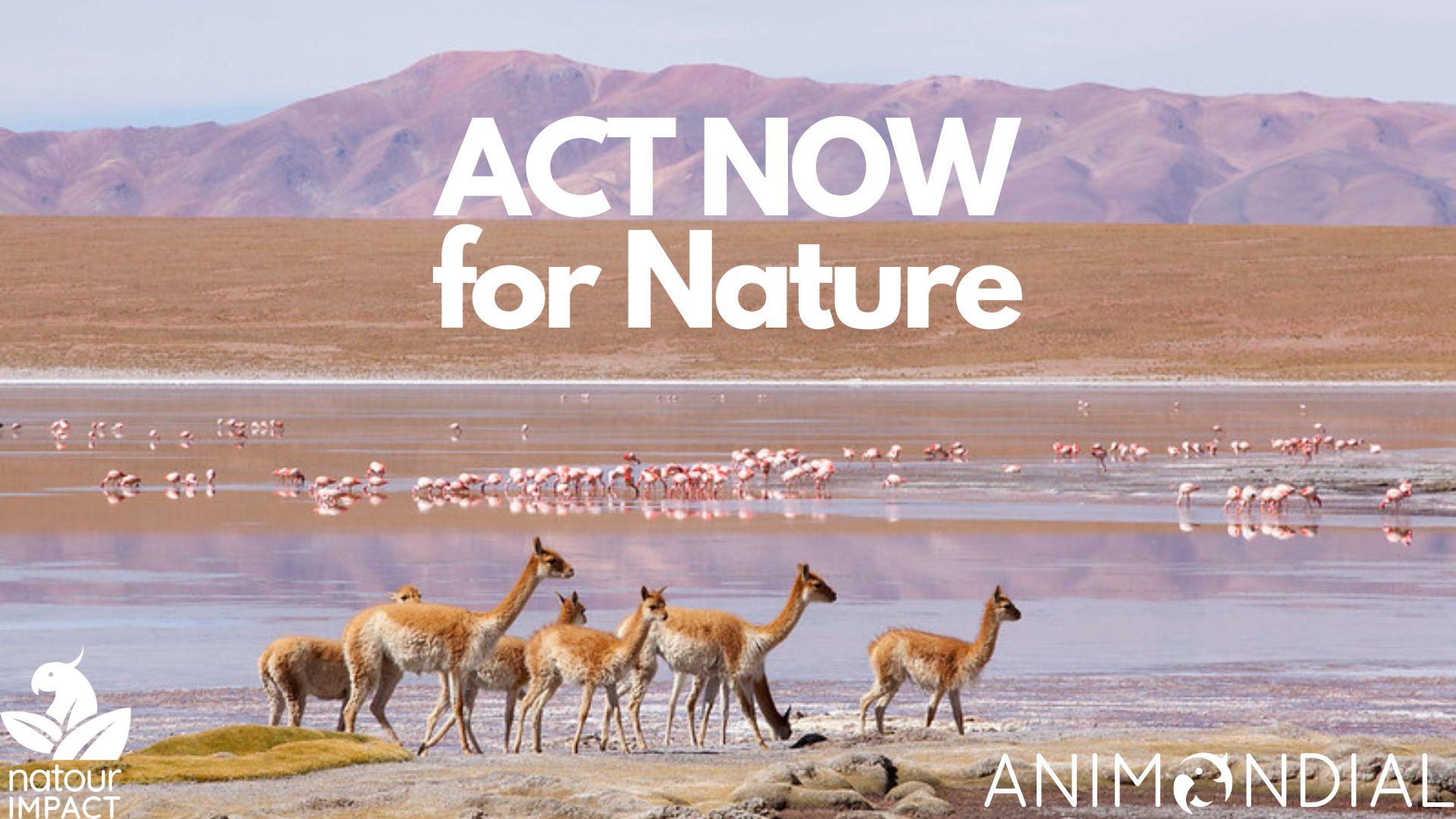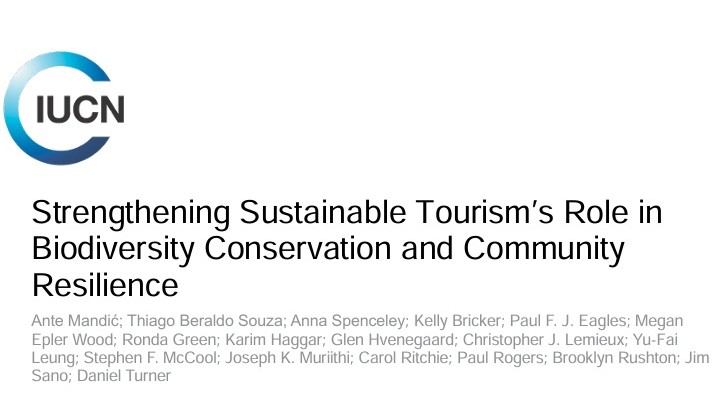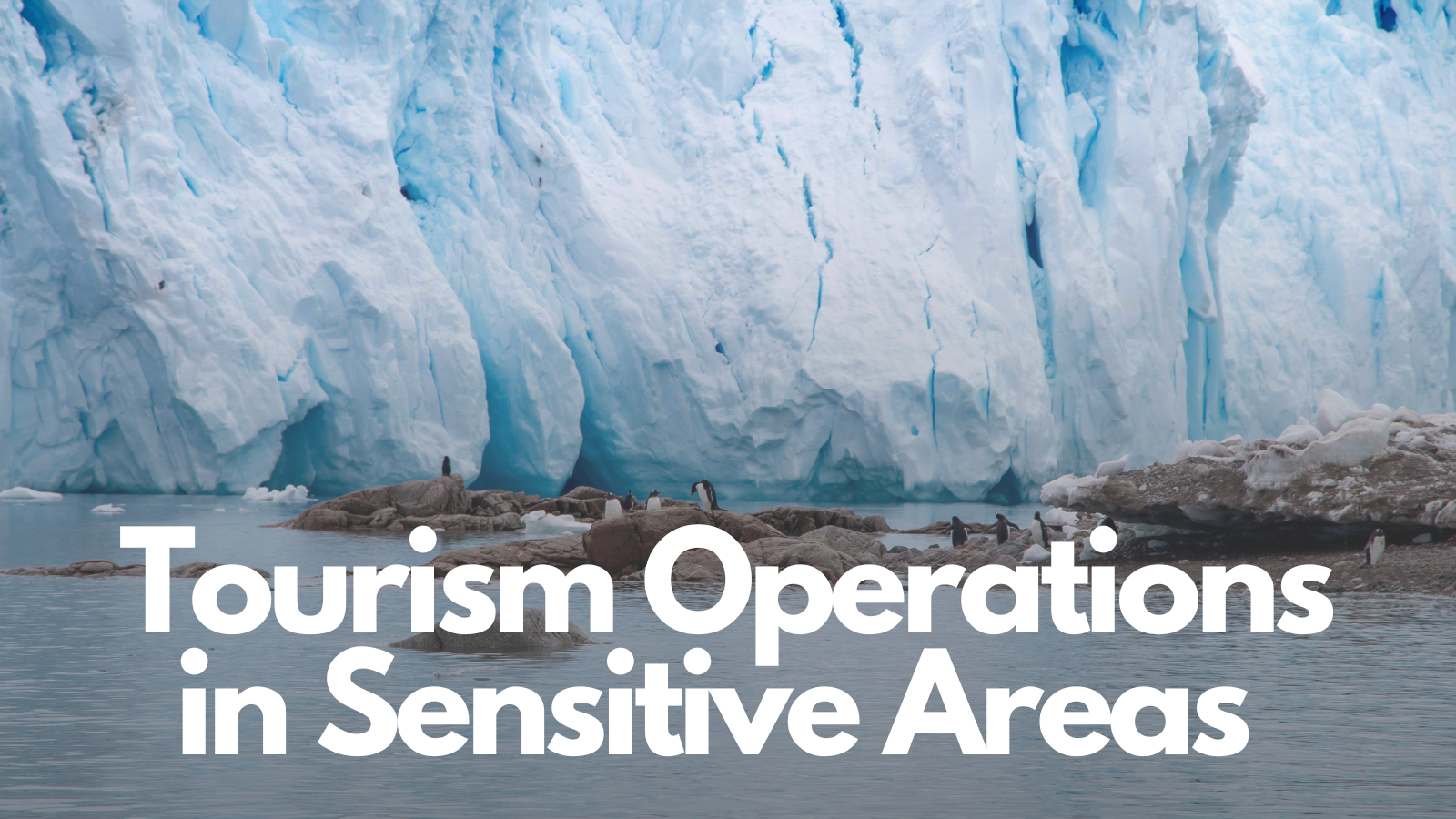
biodiversity Tag
- All
- RESOURCES
Operating in sensitive areas: reducing business risks
24 September, 2025
Discovering your Nature Opportunities
21 May, 2025
Managing your Nature Risks
27 April, 2025
Know Your Nature Impacts and Opportunities
27 March, 2025
Know Your Nature Risks and Dependencies
27 February, 2025
Five Years to Reverse Biodiversity Loss
27 January, 2025
Biodiversity Literacy – as important as carbon
19 December, 2024
Addressing impacts on nature – Fuze Ecoteer
01 May, 2024
Understanding business impacts on nature - DISCOVA
01 May, 2024
Biodiversity benchmarking - MSC Cruises
01 May, 2024
Biodiversity Basics
26 March, 2024
Why Carbon Reduction and Nature Protection Go Hand in Hand
15 March, 2024
Harnessing Tourism To Advance Conservation – Webinar
28 February, 2024
Carbon and nature must be tackled together
27 February, 2024
Nature Positive Tourism – your journey to Net Positive for Nature
29 January, 2024
From Animal Positive to Nature Positive
27 November, 2023
Destination Connection
27 October, 2023
A Nature-Positive Approach To Net-Zero Travel & Tourism – Pt1
30 September, 2023
A Nature-Positive Approach To Net-Zero Travel & Tourism – Pt2
29 September, 2023
Biodiversity protections throughout the supply chain
25 September, 2023
Beyond Sustainable Tourism: Embracing Nature Positive
30 August, 2023
Beyond Sustainable Tourism: Embracing Nature Positive
29 August, 2023
Go Nature Positive with Biodiversity Partnerships
03 July, 2023
Earth Day: Understanding the nature around you
20 April, 2023
Act for Nature – but don’t forget the NATURE!
31 March, 2023
A Nature-positive Approach To Net-zero Travel & Tourism
07 March, 2023
Rising to the biodiversity challenge
27 February, 2023
The Future Of Biodiversity Compliance
27 January, 2023
COP15: A Pact for Nature’s Recovery
19 December, 2022
Carbon Offsetting: An essential action or an ineffective distraction?
29 November, 2022
Realising our Vision for Travel & Tourism
26 August, 2022
How to start protecting and restoring nature
25 July, 2022
COP15: The Good, the Bad and the Ugly
29 June, 2022
Making the right choice to protect animals
28 April, 2022
Nature is everyone’s business
30 March, 2022
Nature4NetZero – Keep it simple
24 February, 2022
The race to Net Zero explained
27 January, 2022
CoP26: Mind the Gap!
29 November, 2021
Working in harmony with nature
27 October, 2021
CoPs & Dodgers! Defining steps to reduce the global crises
23 September, 2021
The ‘Make-or-Break Decade’ to Protect Nature
29 July, 2021
PATA Spotlight: Can sustainable tourism regenerate nature?
30 April, 2021
Earth Day: Nature protects us all
22 April, 2021
ANIMONDIAL declares a climate emergency
25 March, 2021
Save ‘Life Below Water’
25 February, 2021
Build Back Better: can sustainable tourism regenerate nature?
28 January, 2021
Build Back Better for Animals – Defining your commitment
18 December, 2020
Everyone needs nature, but nature needs us too
25 November, 2020
Join the Sustainability Revolution!
29 October, 2020
The Adventure Travel Guide Standard: Facilitating Responsible Travel
29 September, 2020
Time to Build Back Better for Animals
26 August, 2020
Save nature; save ourselves
20 May, 2020























































